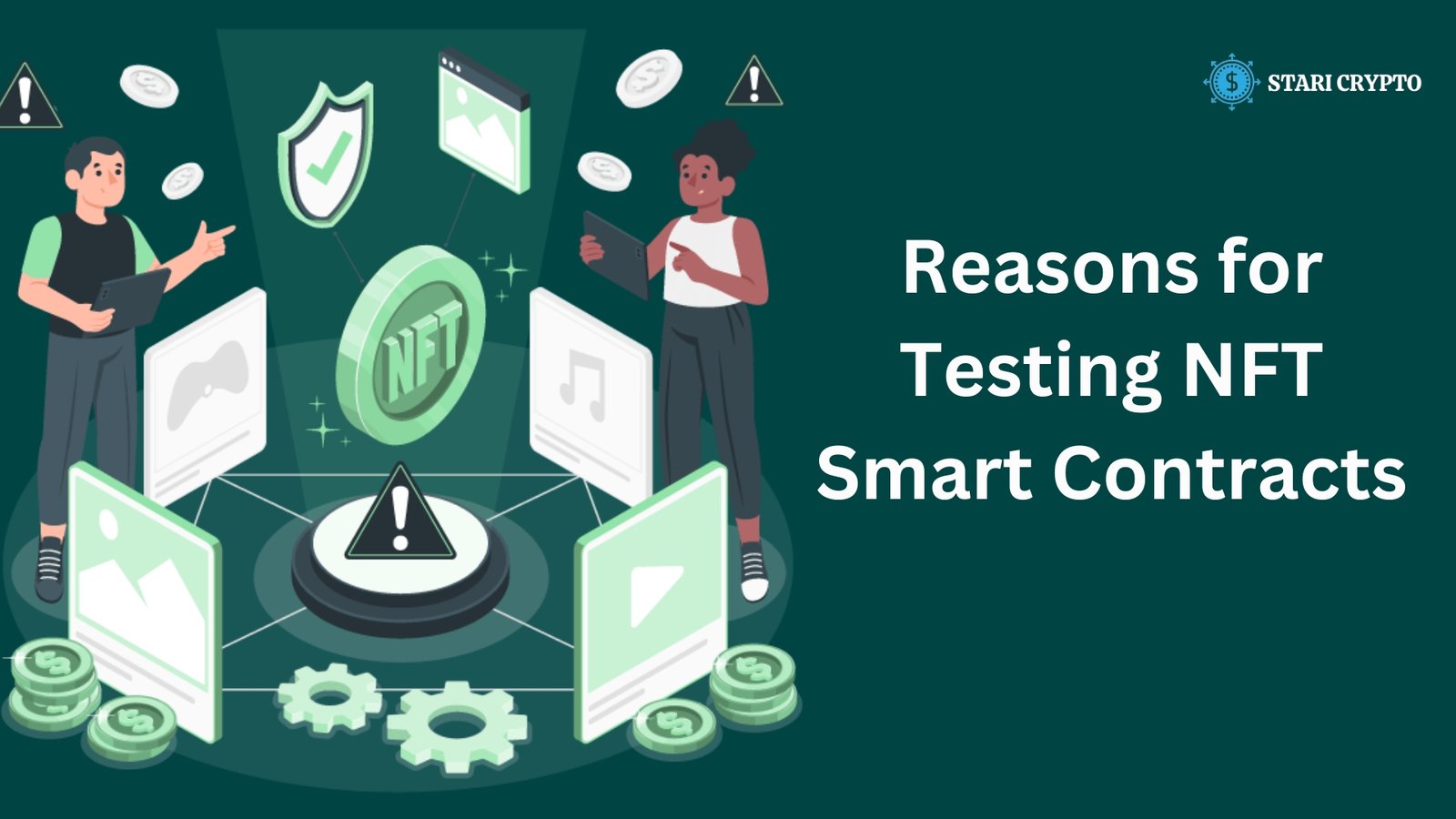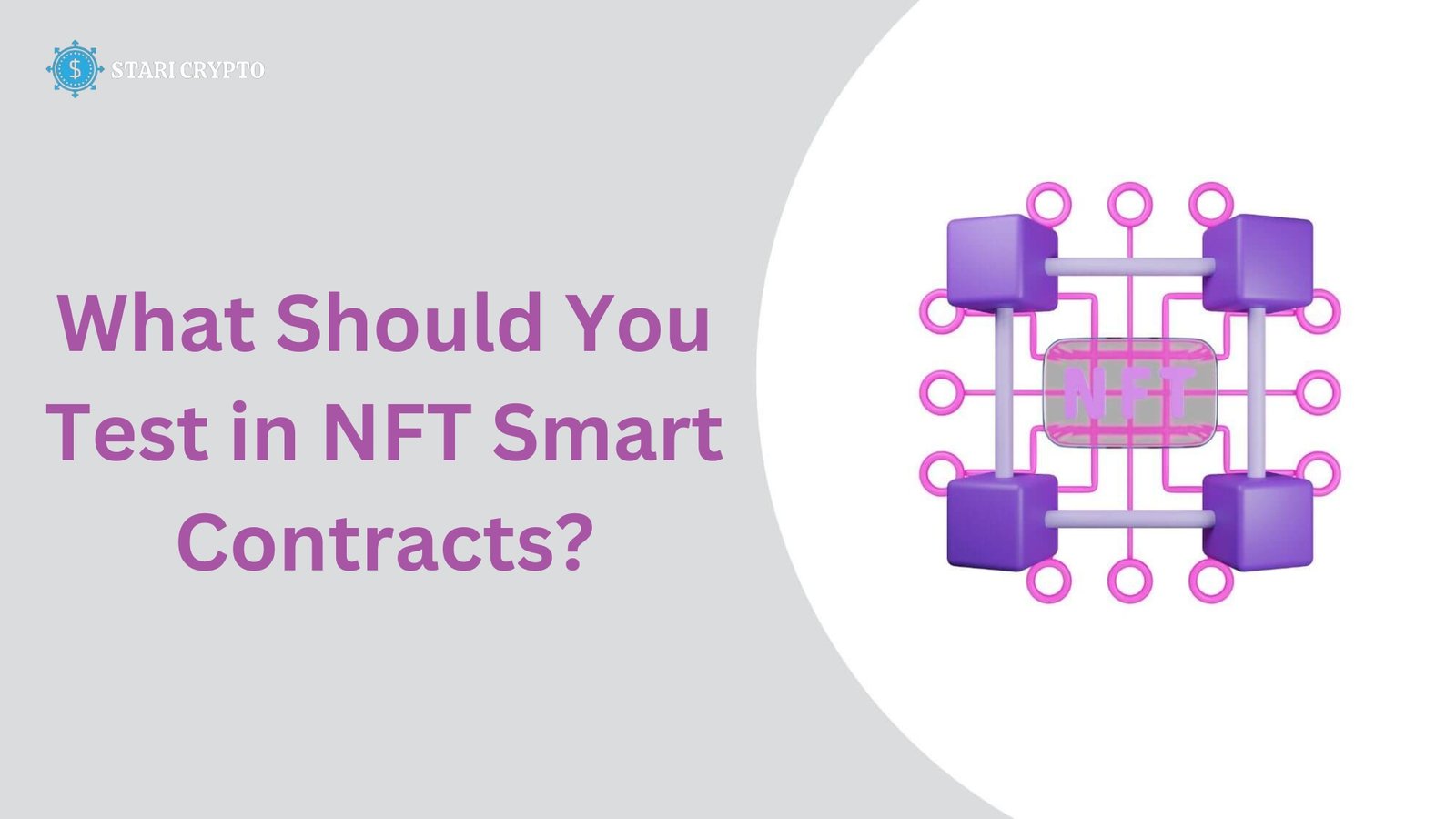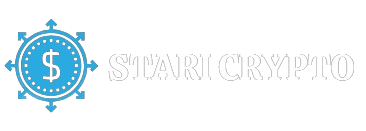Test NFT Smart Contracts. The blockchain ecosystem’s remarkable ability to induce digital change has made it one of the significant subjects of discussion. When it comes to the blockchain ecosystem, smart contracts are a major player. Many blockchain-based applications, including decentralized applications (dApps), decentralized finance protocols (DeFi), and non-fungible tokens (NFTs), rely on smart contracts. Hence, NFT engineers’ top goal now is developing smart contract testing tools.
To build NFTs, which are extremely valuable assets, smart contracts are a helpful tool. Think about usability and security when you’re dealing with something as valuable as NFTs. It is possible to verify the safety and functionality of NFTs using smart contract testing. In order to test NFT smart contracts effectively, we need to know what works.
Understanding NFT Smart Contracts
The multi-million dollar auctions established a watershed moment in technological history with NFTs, or non-fungible tokens. One major benefit of NFTs is their indivisible and one-of-a-kind nature. You should familiarize yourself with the significance of NFT smart contracts before attempting to discover ways to test them. You can represent NFTs on whatever blockchain platform you choose with smart contracts.
The code that helps establish the rules and logic for creating, transferring, and managing tokens on the blockchain is called an NFT smart contract. One of the main ways in which smart contracts demonstrate the singularity of NFTs is by acting as evidence of ownership. Solidity, a popular programming language designed for Ethereum and other supporting blockchains, is chosen as the programming language for NFT smart contracts.
Reasons for Testing NFT Smart Contracts
At first glance, testing NFT smart contracts may seem like a daunting task. Nonetheless, there are a number of reasons why NFT smart contracts are so beneficial, thus it’s crucial to find a way to verify them. The immutability of blockchain, for instance, makes it more expensive to implement smart contracts on blockchain networks. If data and tokens are lost due to deploying smart contracts with vulnerabilities or defects, fresh contracts will have to be deployed.
Verifying the code’s functionality is the primary goal of testing NFT smart contracts. This can assist you find out if the NFT smart contract code is up to snuff and conforms to your project’s standards. One of the most important reasons to test NFT smart contracts is to find and fix flaws, vulnerabilities, and faults. Protecting the NFTs’ functionality and security can be aided by this.
Finally, testing is a good idea because it can help make the NFT smart contract code better and faster. To optimize the code for better gas efficiency and scalability, smart contracts should be tested before NFTs are deployed. For future migrations and efficient contract maintenance, you should also be familiar with how to test NFT smart contracts. In addition to revealing critical information about the contract’s inner workings, the tests also produce crucial documentation. New developers can easily join the project in the future with the help of the documentation.
Different Types of Tests for NFT Smart Contracts
Automated tools are most often used for static or dynamic analysis, functional testing, and testing of Ethereum smart contracts. An outline of the many testing available for NFT smart contracts is provided here.
Functional Testing
Functional testing is the standard method for automatically testing smart contracts. To learn how smart contracts will function in different contexts, functional testing is also useful. Each function can be evaluated by running calculations with predefined parameters and then comparing the outcomes to your expectations. Other kinds of tests benefit from functional testing as well, since it provides better coverage.
Unit Testing
The smart contract is tested in its component parts, or “units,” one by one. The vivid perception of mistakes in the smart contract and the simplicity of the methods are the best parts of unit testing. When developing smart contracts, unit tests are essential, especially when introducing new logic into the code. In addition, unit testing can be useful for verifying that each function works as expected and exhibiting the expected behavior. Unit tests can be executed by developers using assertions, which are basic statements outlining the expected behavior of smart contracts.
Integration Testing
Within the realm of functional testing, integration testing stands out as a prominent way for testing NFT smart contracts. This method subjects smart contracts to testing in their whole, rather than as separate entities. One helpful suggestion for finding mistakes that arise when various components of a contract (or even two separate contracts) interact with one another is integration testing. For NFT smart contracts with intricate designs, integration tests are a helpful tool for testing.
System Testing
Another thing that makes you interested in system testing is learning how to test NFT smart contracts. To ensure that smart contracts work as intended, system testing is another good option. Actually, it’s a crucial part of the smart contract functional testing strategy. Verifying the functionality of smart contracts from the user’s point of view is the main focus of system testing.
Which Tools Can You Use to Test NFT Smart Contracts?
Tools are the subject of the next major feature in a manual for evaluating NFT smart contracts. When it comes to NFT smart contracts, Truffle is a top choice for testing. Using the Mocha testing framework and the Chai assertion library, it facilitates the creation of automated tests in JavaScript or Solidity. A command-line interface is also available in Truffle for use in developing, deploying, and interacting with smart contracts.
The Ganache local blockchain is another key tool for checking NFT smart contracts. It mimics the main or test network’s behavior and conditions accurately while acting as a private Ethereum blockchain on your machine. With Ganache, you can test and deploy NFT smart contracts without using actual Ethereum or gas. Plus, you may access other features and settings using Ganache, including as accounts, transactions, balances, logs, blocks, and events.
What Should You Test in NFT Smart Contracts?
Many different things determine the best ways to test NFT smart contracts. Understanding how a smart contract’s functionality and complexity impact testing is essential for anyone interested in learning how to test NFT smart contracts. If you want to be a good tester, you need to be familiar with the key features of NFT smart contracts.
Code snippets that developers need to test include the following: constructor, initialization, minting, burning, transfer, approval, metadata, and enumeration. When testing NFT smart contracts, it is important to pay special attention to their security features and access control mechanisms.
Name, symbol, total token supply, base URI, token ID assignment, and NFT generation and destruction are the main areas of focus while evaluating NFT smart contracts. To avoid invalid or unauthorized activities, developers should verify that the NFT smart contracts have the proper roles, permissions, and modifiers for each function, as well as a way to revert messages.
Important Things You Must Consider for NFT Smart Contract Testing
Pay close attention to these details if you wish to test NFT smart contracts. A solid test case design that accounts for every conceivable scenario should be your first priority. For instance, you need to check that the contract covers both the case where the condition is met and the case where it isn’t.
When testing NFT contracts, developers should think about using mock contracts to simulate real contracts. It is useful for checking whether NFT smart contracts that are supposed to communicate with each other actually work. An additional vital part of testing is conducting security audits on NFT smart contracts. As the cost of potential security breaches for non-fungible tokens continues to rise, you should evaluate the current status of NFT security. Use tools like Mythril or Slither to scan your contracts for security issues on a regular basis.
Conclusion
One prominent feature of the new web3 ecosystem is the need of NFT smart contract testing. Not confined to artwork and in-game collectibles, NFTs possess the ability to revolutionize digital asset ownership. When checking the functionality of smart contracts, it is crucial to utilize the finest testing tools and methodologies provided by specialists. To ensure that NFT smart contracts are secure and work as intended, developers can employ testing. In addition, documentation that new developers could find useful can be generated from the tests.

















